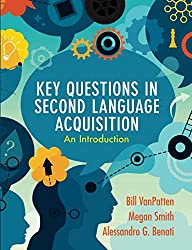
Rating: 8.1/10.
Key Questions in Second Language Acquisition: An Introduction by Bill VanPatten, Megan Smith, and Alessandro G. Benati
Linguistics textbook about second language acquisition, covering key questions such as: Does L2 acquisition use the same processes as L1? Is input or output more important? Can L2 learners become nativelike or is there a critical period? What role does instruction play in language learning? The book draws on many psycholinguistic experiments to support different theories.
No matter their native language, learners acquire morphemes in a fairly predictable order, for example, the “ing” suffix is acquired before third-person agreement suffix “s”. Sometimes there is a U-shaped development curve where they first acquire fixed phrases, then regular rules (which incorrectly predicts irregular words), and finally irregularities. L2 speakers are guided by Universal Grammar (UG) so that some types of mistakes are never made, and parameters inferred from one type of input can be generalized to other patterns.
Linguists agree that comprehensible input is essential to language learning, but there is debate about how important output is. One theory is that output allows the learner to receive more comprehensible input, especially in exchanges where the learner produces an incorrect utterance and a native speaker corrects it, thus giving the learner more examples of correct speech.
It is clear that a learner’s native language affects the grammar he acquires for his L2, but the “initial state” grammar (before language learning happens) is not exactly a copy of his L1. That is, even when his L1 and L2 have the same typological features, he does not assume from the get-go that all these features in his L1 exist in his L2. These parallel features still require some time to transfer over.
Achieving nativelike proficiency in an L2 is possible as there have been documented cases, but is relatively uncommon, and the final result of L2 acquisition is usually different from native knowledge. Even in highly proficient L2 speakers, there are small but measurable differences from native speakers in how they handle ambiguous pronouns, processing times in ungrammatical sentences, etc. Theories disagree about whether L2 acquisition uses the same cognitive processes as L1 or not, but all the theories have difficulty explaining why some become more nativelike than others.
There is no strong evidence that classroom instruction (on language grammar) is helpful. The goal of L2 acquisition is to develop implicit knowledge of the language, which is required for proficiency, however, direct instruction can only teach explicit knowledge, and explicit knowledge cannot easily be converted into implicit knowledge. One way instruction can be helpful is by making learners aware of certain features in the language that he would’ve otherwise missed, thus aiding acquisition of implicit knowledge.
The final chapter explains differences between individuals on how their language learning success. Native speakers have some variance in rate of acquiring their native languages, but the variance for L2 learners is much higher. Some aptitude tests like phoneme discrimination and working memory try to predict language learning ability, and the amount of motivation to improve is a huge factor for L2 learners.
Overall, a very readable introductory textbook for second language acquisition written by experienced researchers. One weakness (not immediately obvious from the title of the book) is it focuses entirely on syntax, and says little about L2 acquisition of other parts of language, like phonology, vocabulary, and pragmatics. I’m surprised at the lack of phonology since some of the strongest evidence for the critical period hypothesis comes from phonology, but this is never mentioned. The authors also assume a UG framework and talk about acquisition of various UG parameters. There is little coverage of non-UG such as usage-based theories so the book is more of an intro to the authors’ subarea of second language acquisition research than an intro to the whole field.
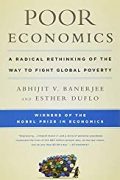
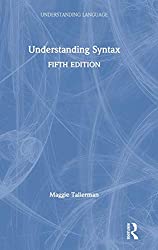
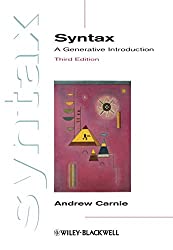
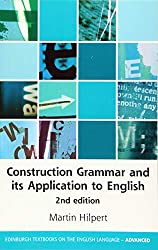
1 thought on “Key Questions in Second Language Acquisition by VanPatten, Smith, Benati”